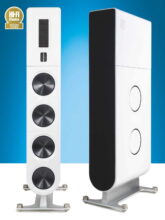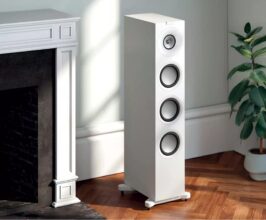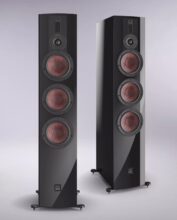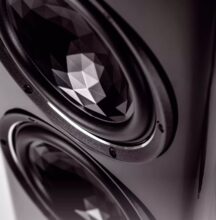Polk Audio Reserve R600 Review
Classic floor-standing speakers continue to dominate the hi-fi sector despite strong competition on all sides. Those who have space, high demands, and appreciate a large selection will find what they’re looking for here.
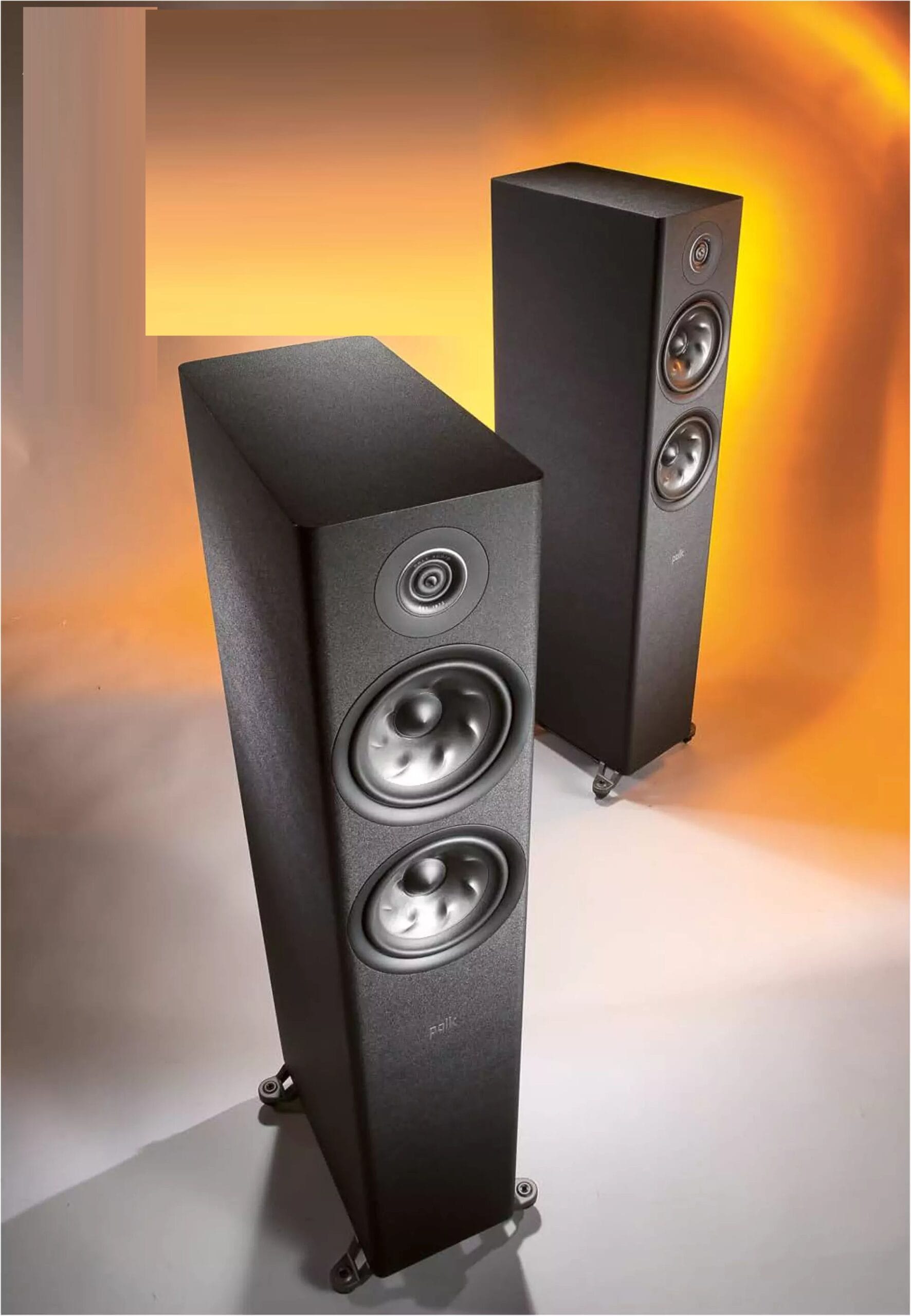
For decades, they have maintained their position: floor-standing speakers. Although the huge towers of the ’70s and ’80s have become the absolute exception in living rooms, anyone who wants to enjoy music without limits in every respect will surely find what they’re looking for here. Available in serious quality from a few hundred euros, they combine a multitude of qualities that are hardly found elsewhere in such abundance.
Unbeatable Selection
But floor-standing speakers don’t just look good in terms of quality and versatility; when it comes to design options, there’s almost endless scope due to their form, size, finishes, and veneers. This allows them to either completely blend into any environment or do the opposite. Many of these modern speakers also serve as sculptures, deliberately intended not only to provide sonic enjoyment but also to demonstrate the owner’s expertise in tasteful furnishing of a living or music room.
So if you like to draw from an almost limitless selection and want to enjoy music without limits, choosing a floor-standing speaker brings you close to your goal!
THIS IS WHAT WE LISTENED TO
Manfred Mann: Watch

The old master provides great joy mainly with cover songs.
Grobschnitt: Rockpommel’s Land
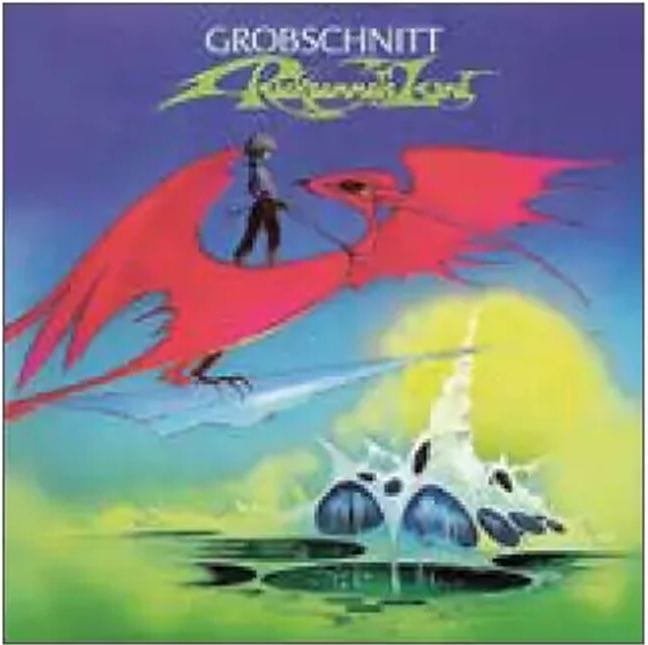
The German live band par excellence with their international album success!
Polk may be a familiar name only to insiders here, but in the States, it’s a leading speaker brand with a substantial market share of a full 15%. The brand was founded in 1971 by three college friends—Matthew Polk, George Klopfer, and Sandy Gross—who shared a passion for physics, technology, and music, and wanted to professionalize it. In 1972, they opened their headquarters in Baltimore, and after initial successes with PA systems at bluegrass festivals, they broke through commercially with the “Monitor” series and later focused more on the home audio market. Today, alongside Denon, Marantz, Boston, Definitive Technology, and—recently—B&W, Polk belongs to the Sound United group.
“Reserve” stands for specially stored and treated quality wines. With speakers, it’s quite similar—at least that’s how Polk Audio wants its “Reserve” series to be understood.
The Polk Reserve R600 is still affordable, and you get a lot for your money. Above it, Polk offers only the R700 and “The Legend,” from which the more cost-effective series technologically derive. Nothing utterly unaffordable is offered; on the contrary, affordability is always supposed to be in the foreground.
Joyful Reunion
The experienced editor’s eye immediately spots the special tweeter, which Polk also considers special. It’s apparently a ring radiator, which already caused a stir about 20 years ago. The geometry is unmistakable and more than just related. A very similar driver came back then in various versions from sister companies Vifa and Scanspeak, co-developed by Quadral and T+A, who equipped higher-end models with it. I remember that at the time, I considered these ring radiators to be outstanding and a serious alternative to superb fabric dome tweeters.
Now, you may forgive me for mentioning it but not speculating further on why, after exactly 20 years—which play a role in the world of patents—we’re celebrating a technical reunion in a relatively inexpensive speaker. I’m simply happy about it. The almost point-shaped membrane, cleverly designed with a “waveguide,” was supposed even then to provide a very wide and, due to the lack of moving mass, also broad dispersion. Appropriate damping of the chamber ensures smoothness. The concerns regarding curious children’s hands remain the same as back then—the “stem” is at risk.
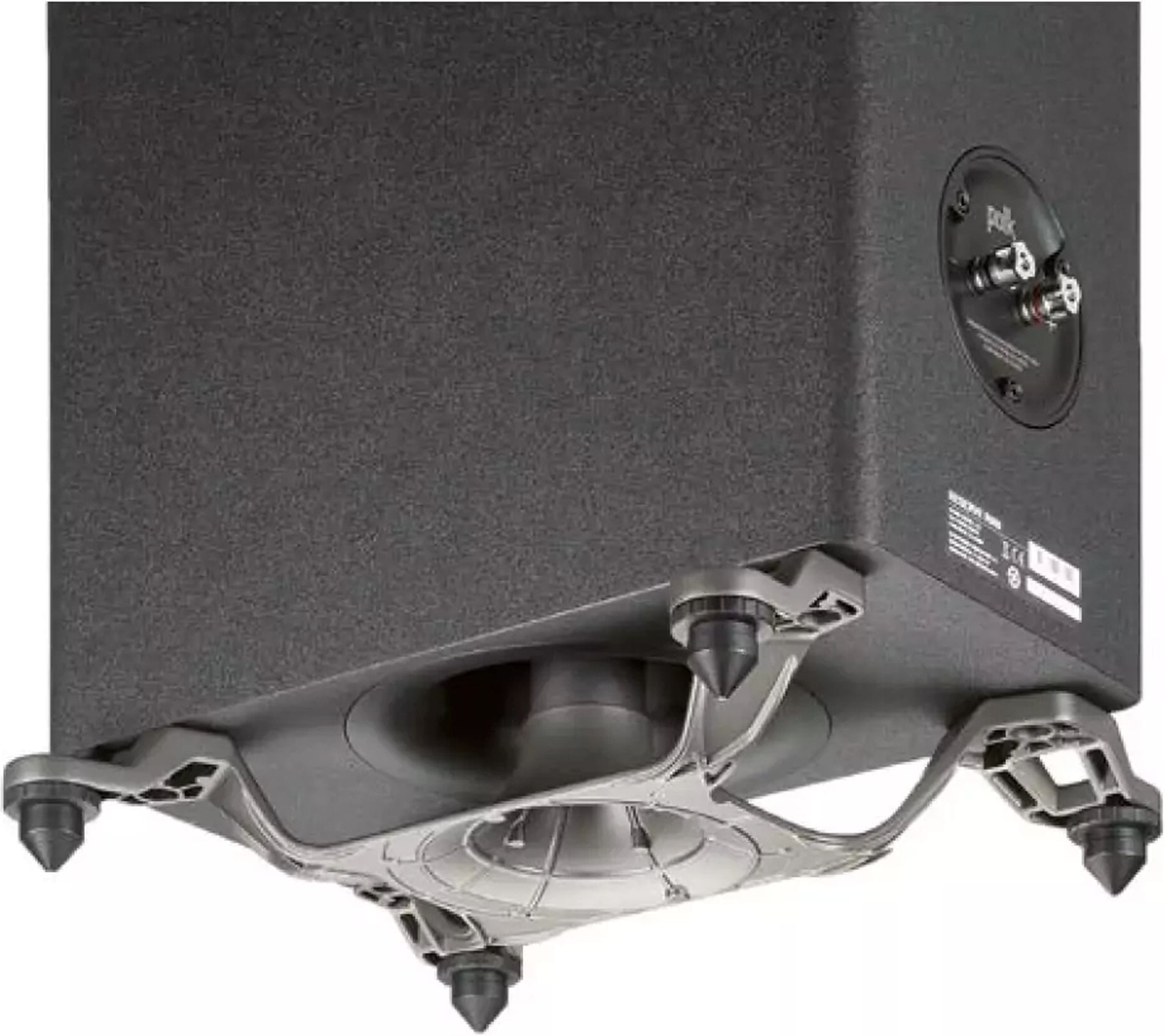
That’s where the “punch” comes from: Polk relies on an elaborate bass reflex construction with a down-firing port.
Besides this exceptional tweeter, the turbine-like structured membrane (“Turbine Cone”) of the woofer made of light but stiff polypropylene foam stands out, providing the best prerequisites for speed, form-stable piston-like movement, and low distortion—which we, by the way, confirmed in the measurement lab. Each speaker employs two 18 cm woofers for the bass, one of them—in a two-and-a-half-way configuration and with its own chamber—presumably also covering the midrange. The speaker grilles are, as you might expect, magnetic.
The extremely elaborate design of the downward-firing bass reflex port also catches the eye. Called “PowerPort 2.0” by Polk and positioned in the middle of an equally sophisticated base, a so-called “Eigentone Filter” (!) is supposed to guarantee sound purity. This should ensure an “exhale” that is both flow-efficient and resonance-poor, enhancing the bass. From a construction standpoint, I’m appropriately interested to enthusiastic.
Holistic Goals
Polk’s design philosophy encompasses a balanced tonality, good timing, natural and corporeal reproduction, and a three-dimensional imaging—all of which are aimed for. With this premiere, I can easily get on board with that. Fortunately, there’s no trace of a certain “rough American workmanship”; everything is very, very well made.
Sonically, after the first few bars, we’re blown away. Extremely clean and articulate—this is not just good; it’s unequivocally affordable high-end as we love it! The enthusiasm is all on our side. Where has Polk been all these years?
This speaker projects music into the room effortlessly, spiritedly, with both authority and ease. Three-dimensional, rich in tone, incredibly natural. My goodness! The bass is springy and pulsating; the sound image practically breathes.
Technically and sonically, this goes beyond the standard and even the high standard—no question about it. In a positive sense, real tinkerers were and are at work here. And yet, this speaker remains pleasantly down-to-earth and, above all, affordable.
The Polk receives a special recommendation in this highly competitive class. Because it deserves it, especially since musically it brings home a kind of gold medal and positions itself at the forefront in this class. We can definitely appreciate such a “Reserve”!
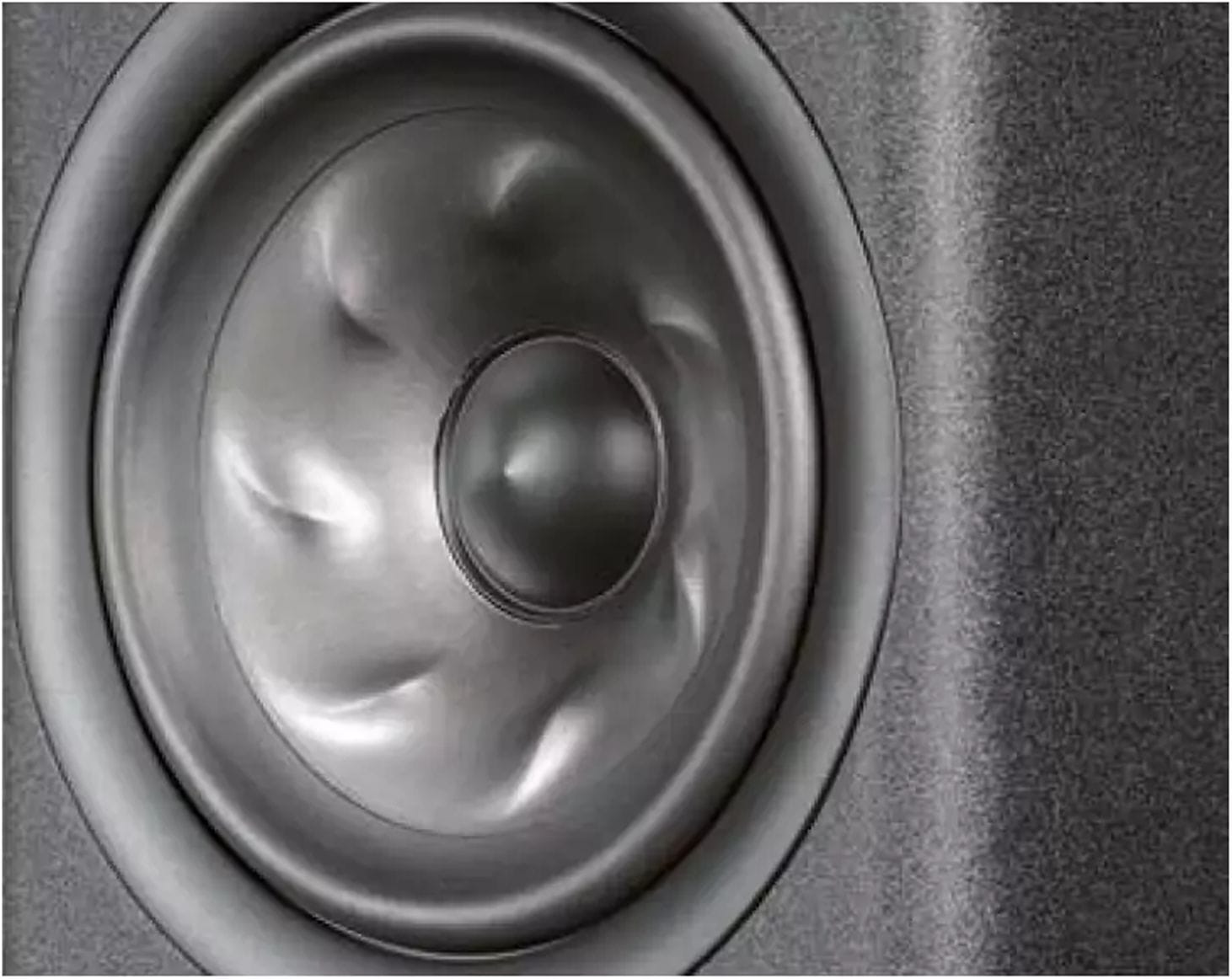
With a resonance-optimizing structure (“Turbine Cone”), two woofers in this two-and-a-half-way speaker ensure precision in the bass.

STAND BASE: Securely adjustable and extremely stable, the integrated stand base keeps the system at the ideal floor distance with a mix of coupling and decoupling.
Polk Audio Reserve R600 Specs
in black or white
Dimensions: 28 x 106 x 38 cm (W x H x D)
Warranty: 5 years
Contact: Sound United
www.soundunited.com
A Polk from the USA is finally playing again—and what a one! Highly audiophile, with juice and power, fine resolution, and excellent timing. A speaker where everything fits, even the price!
Measurements
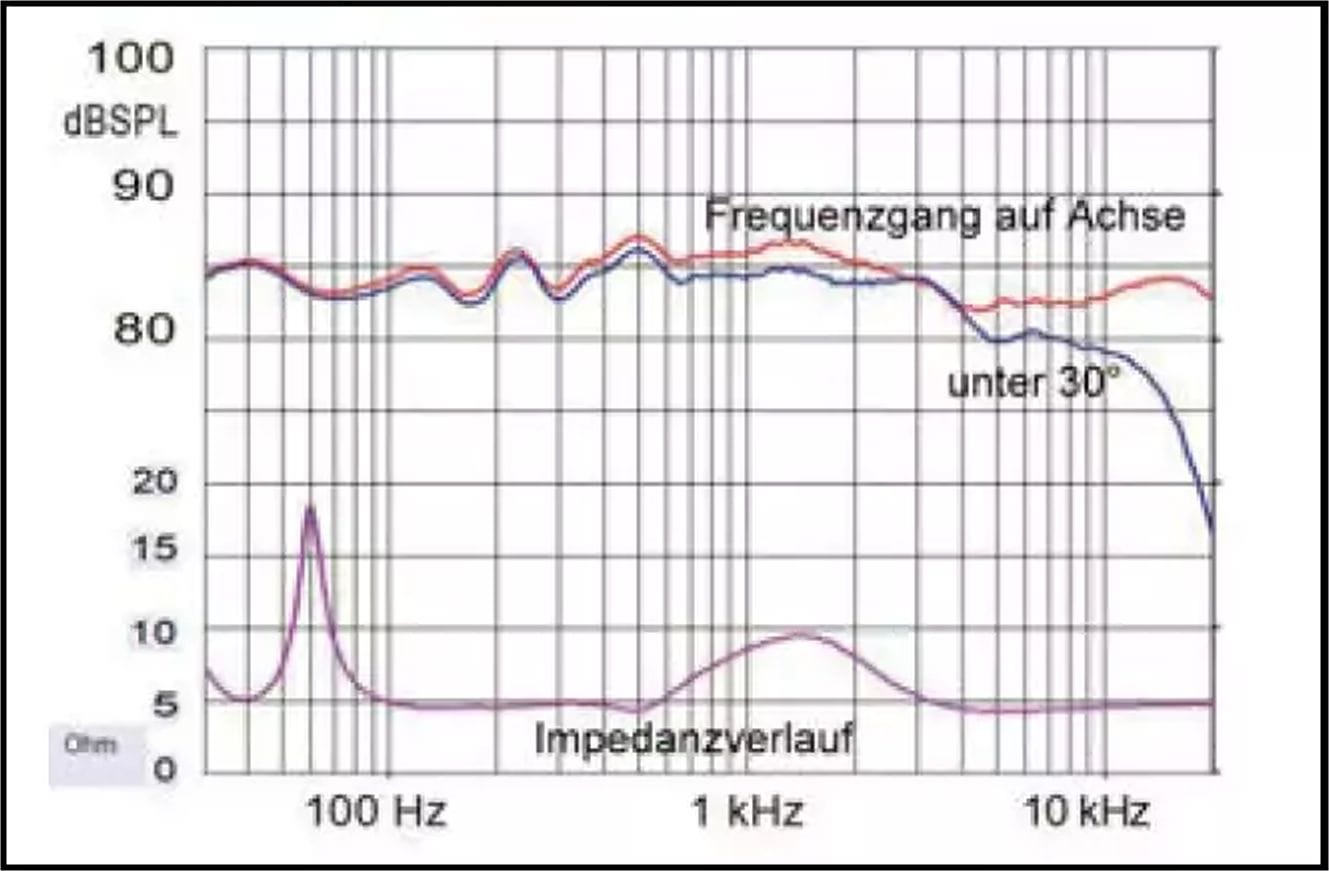
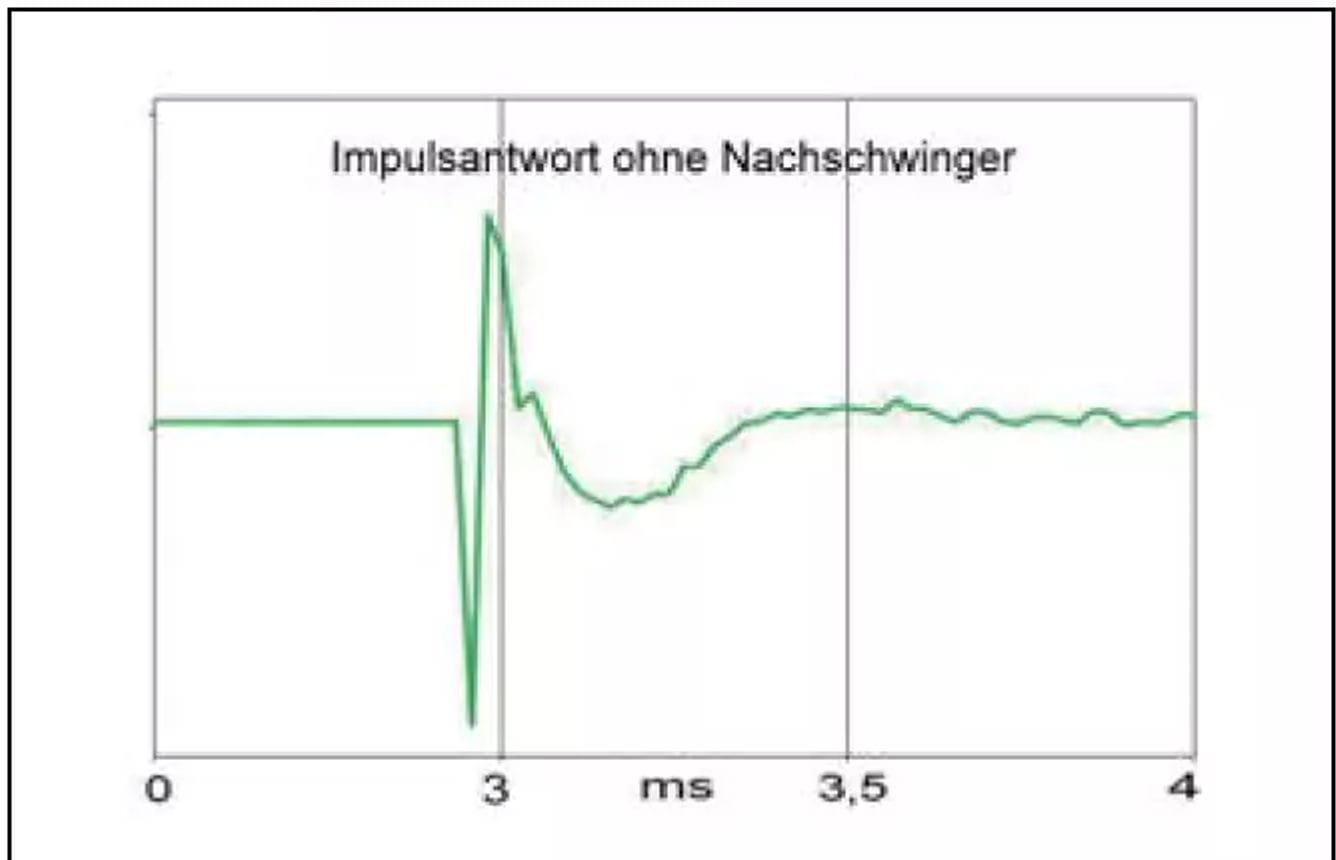
Lab Commentary:
Axially, the frequency response is quite linear with deep bass extension. Off-axis, there is a strong treble drop-off, so the speakers must be carefully aligned to the listening position. Impedance is user-friendly, distortion is extremely low, and transient response is excellent.
Technical Specifications:
- DC Resistance: 4 Ohms
- Minimum Impedance: 4.2 Ohms at 5300 Hz
- Maximum Impedance: 18.3 Ohms at 60 Hz
- Sensitivity (2.83 V/m): 85 dB SPL
- Power Required for 94 dB SPL: 7.2 W
- Lower Cutoff Frequency (-3 dB SPL): <30 Hz
- Total Harmonic Distortion at 63 Hz / 3 kHz / 10 kHz: 0.2% / 0.2% / 0.3%
Features:
- 2.5-way speaker design
- Bass reflex system
- Single-wire terminal
Verdict
- Sound Quality: 66% (converted to 6.6/10)
- Price/Performance: Outstanding (★★★★★)
When you purchase through links on our site, I may earn an affiliate commission. Here’s how it works.










